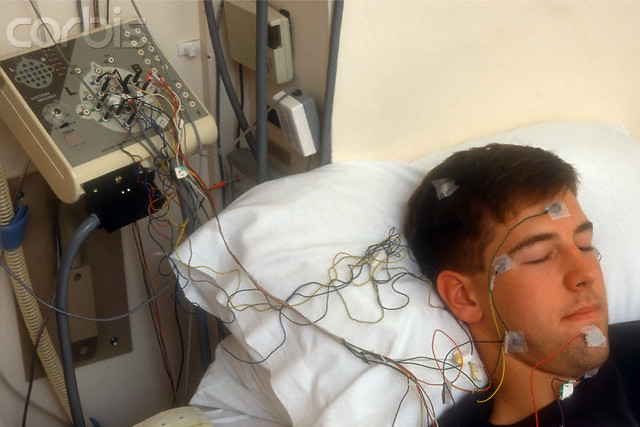
Instead, it surveys the summed activity of hundreds of thousands or millions of neurons in the form of oscillatory activity. However, EEG doesn’t record action potentials, the electrical events that neurons use to communicate with each other. Whereas fMRI records blood flow, a proxy of neuron activation, EEG directly records the brain’s electrical activity via electrodes placed on the scalp of the subject. Electroencephalography (EEG)Įlectroencephalography, or EEG, is probably the second-best known technique for recording neural activity. No current technique matches fMRI for its ability to ‘map’, or determine the likely source of, cognitive function within the human brain. Nevertheless, fMRI allows an unrivalled look at where and to what extent different functions may be localised within the human brain, and researchers continue to devise ways to improve its spatial and temporal resolution, for example by making the technique sensitive to neuronal changes rather than changes in blood flow. Both the spatial (~1 mm 3, relating to location) and temporal (~1–2 sec, relating to time) resolutions are poor compared to what we’d want a cubic millimetre contains around 60,000 neurons – enough to sustain the entire life of a fruit fly or lobster – and complex perceptual decisions take only hundreds of milliseconds, but fMRI provides no access to this information. More precisely, the signal you see reflects the relative presence of oxygenated versus deoxygenated blood active regions require more oxygenated blood, and so despite being indirect, fMRI allows scientists to infer activity patterns of neurons.įMRI has become a staple of modern neuroscience research because it allows brain anatomy (obtained from a structural, rather than functional, MRI scan) and function to be correlated in humans. This allows the behaviour of individual neurons, or small groups of neurons, to be analysed in much greater detail.įunctional Magnetic Resonance Imaging (fMRI)įunctional magnetic resonance imaging, or fMRI, might be the most widely known technology for recording neural activity, but it doesn’t actually record activity of neurons – instead, the multicolour images you see of particular brain regions being lit up reflect blood flow in the brain. To get a more microscopic picture of neuron activity, researchers turn to animal models. Some of these, such as fMRI and EEG, can be used in humans because they are non-invasive they work through by looking into the skull.īut these tools suffer from a lack of detail. As a result, neuroscientists have a suite of tools at their disposal. To understand the brain’s electrical activity at these scales, no single technology is enough. The brain also works at a number of different scales, both in the physical sense and in the time domain. The brain is difficult to study not only because of its inherent complexity the billions of neurons, the hundreds or thousands of types of neurons, the trillions of connections.
WHAT IS EEG USED FOR HOW TO
How to measure brain activity in people.

How to measure brain activity in animals.Studying synaptic plasticity and learning.Podcast: will nerve regeneration treat spinal cord injury?.Podcast: Alzheimer's disease, a family perspective.Podcast: the curious link between vitamin D and schizophrenia.Podcast: coral bleaching in the Great Barrier Reef.Podcast: using deep brain stimulation treat Parkinson’s disease.Podcast: curing schizophrenia, from lab to clinic.Podcast: using brain imaging to diagnose mental illness.Podcast: the most aggressive cancer in the brain.




 0 kommentar(er)
0 kommentar(er)
